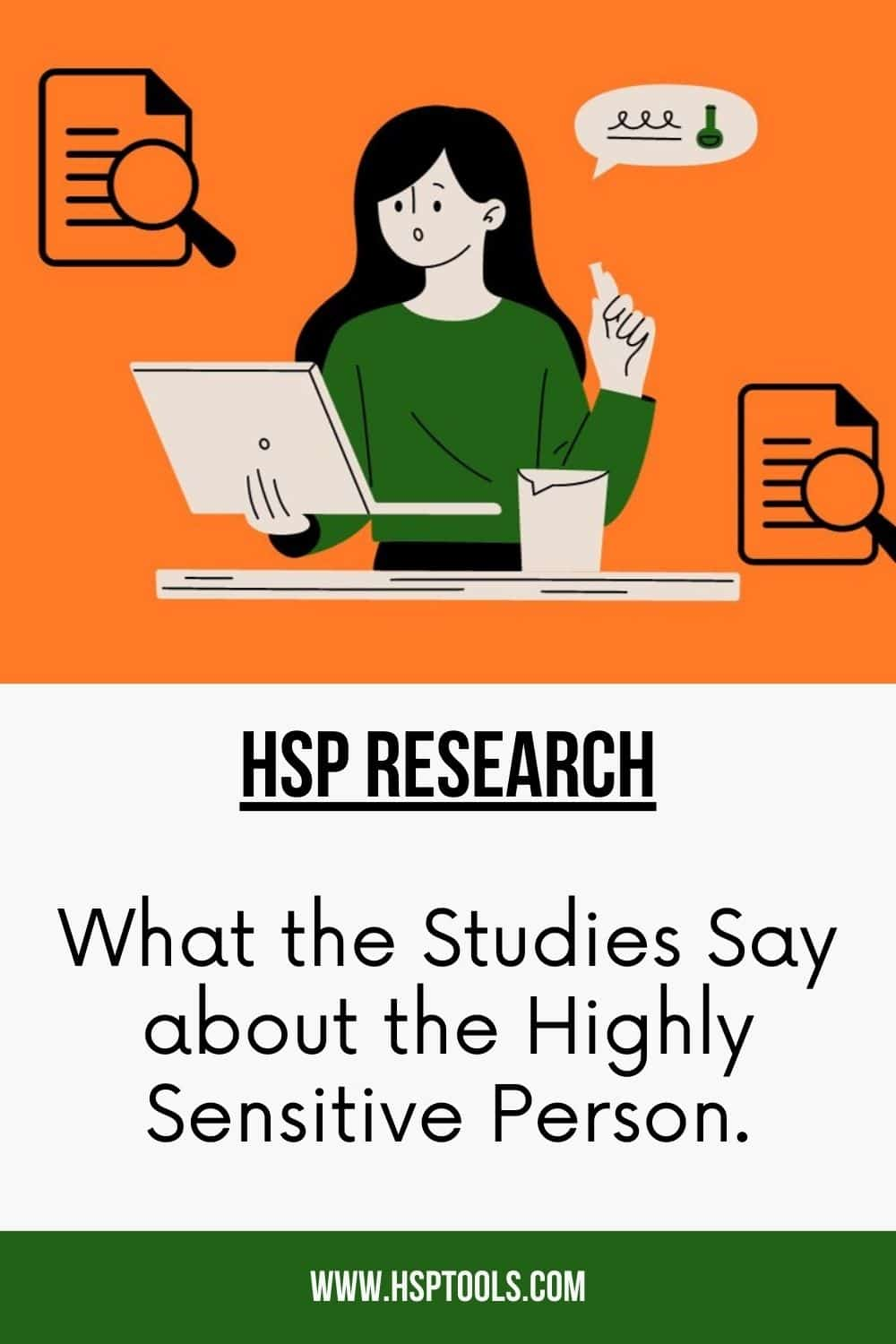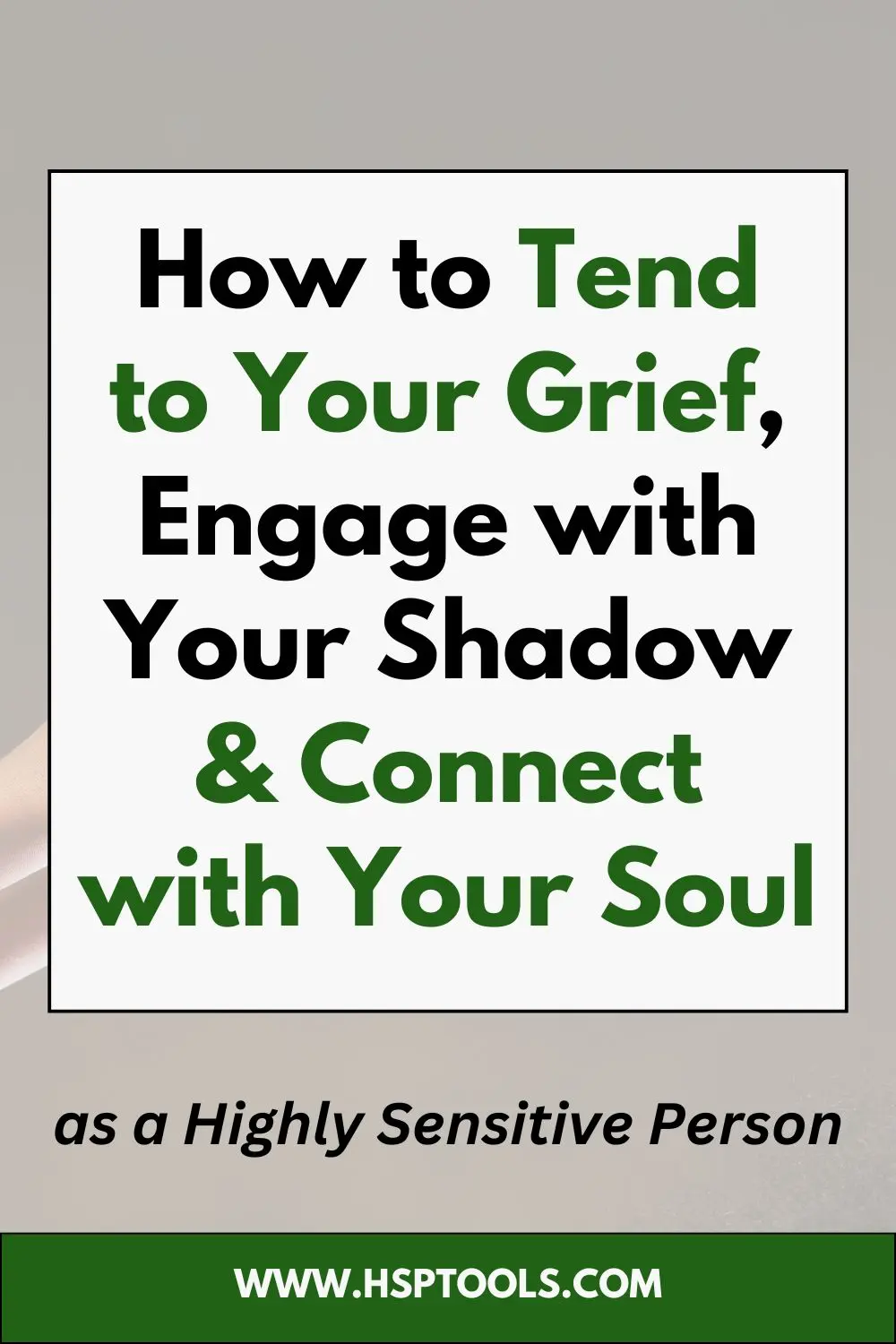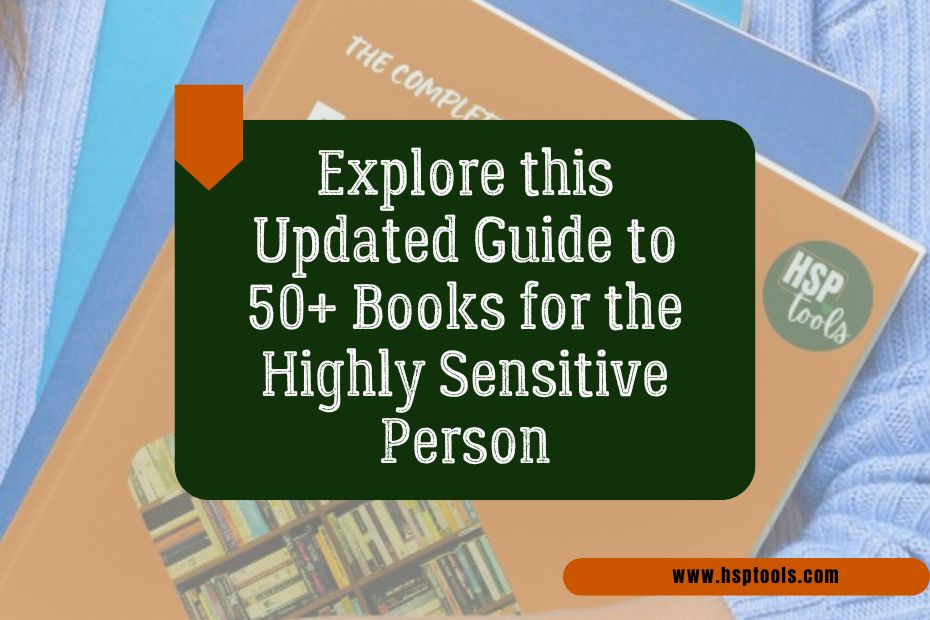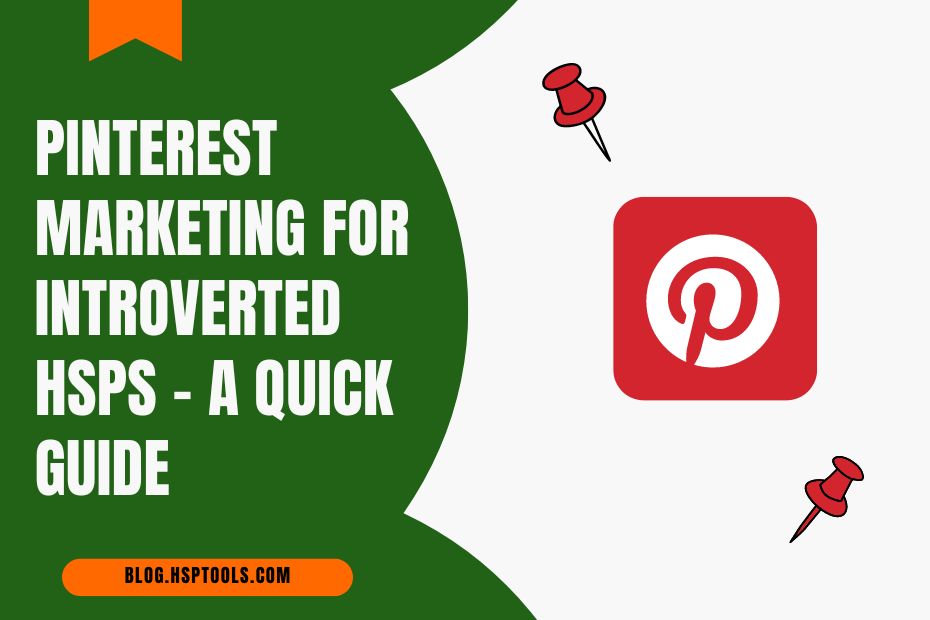HSP Research: What Studies Say about the Highly Sensitive Person

HSP Research
Study Findings About the Highly Sensitive Person
What does research say about the Highly Sensitive Person (HSP)?
This page explores ten pieces of HSP research and briefly explains what they mean.
The bulk of these entries are from Dr. Elaine N. Aron’s research and studies shared on SensitivityResearch.Com.
Let’s dive in.
Pin this for later 👇🏼!

10 Insights from HSP Research
1. HSPs are 20-30% of the population.
Initial research by Dr. Elaine N. Aron put the number of Highly Sensitive Persons (HSPs) at 15-20%. So if you see this number, know it’s not wrong. It’s only outdated.
Recent research shows the number of HSPs is now between 20-30% of people. And in case you are wondering, Dr. Elaine Aron endorses this research.
So it’s no longer 15-20% as earlier thought.
2. 30% of HSPs are Extroverts
Highly Sensitive Persons (HSPs) are often mistaken for introverts and vice versa. However, not all HSPs are introverts and not all introverts are HSPs.
According to research, 30% of Highly Sensitive People are extroverts.
But this doesn’t mean extroverted HSPs will behave the same as extroverts who are non-HSPs.
Extroverted HSPs will still react strongly to external stimuli, such as bright lights, crowds, and loud noises. They will become overstimulated and overwhelmed just as other HSPs will.
And that’s why extroverted HSPs must find a balance between the two worlds. And to learn how to set healthy boundaries so you can pull away from a socially stimulating event whenever you’ve had enough.
Because while your HSP side requires solitude to recharge, your extrovert side needs external stimulation.
3. 70% of HSPs are Introverts
On the opposite side of extroverted HSPs are Introverted HSPs. And because extroverts make up 30% of HSPs, the other 70% represent HSPs who are also introverts.
And this majority may be why all HSPs are assumed to be introverts. Along with other traits they both share.
But it’s paramount to know the difference. Because labelling as an introvert when you are an extroverted HSP is likely to cause more harm than good.
So, know which side of the scale you lie on and learn the strategies and tools that work for you.
4. 50% of HSPs are High Sensation Seekers
Are you a Highly Sensitive Person (HSP) and a High Sensation Seeker (HSS)? You may have seen this combo of seemingly contradicting traits abbreviated as HSP/HSS or HSS/HSP.
A new 2023 study on High Sensitivity and High Sensation Seeking shows that HSP and HSS are independent traits, and there’s a 50% chance that you or another HSP is also a High Sensation Seeker.
Below is an excerpt statement from Elaine Aron regarding the study:
“There was no association between High Sensitivity and HSS -the two traits are independent.
About fifty per cent of HSPs are High Sensation Seekers, and about 50% are not. Or, put yet another way, there is a 50-50 chance that you or any other HSP is a High Sensation Seeker.”
So, if you were wondering what the chances are that HSPs can also be HSS, now you know. It’s 50-50 or 50%.
And if you are an HSP/HSS, it means that while you enjoy structure, quiet, and norm, you also crave new experiences, adventure, and thrill.
But just as it is with extroverted HSPs, it doesn’t mean that you approach these cravings as other thrill-seekers do.
What you do is take a moment to examine all the risks involved before deciding if a novelty experience is worth pursuing – something a regular thrill seeker wouldn’t do.
5. 50% of People going to therapy are HSPs
Dr. Elaine N. Aron writes in her book – Psychotherapy and the Highly Sensitive Person that HSPs are 50% of the people seeking professional help in counselling, therapy and coaching.
And with the challenges involved with being an HSP in a world quick to shame Sensitivity, this research isn’t surprising.
But sensitive is still a bad word and many counselling professionals are still behind on what it means to be Highly Sensitive. And that’s why it’s crucial to mention and share this piece of research.
Hopefully, more people will pay attention, and HSPs will get the care they deserve.
6. Genes Account for 50% of The HSP Trait.
Is being a Highly Sensitive Person genetic?
While research says the HSP trait is innate, it also says that genes are only responsible for 50% of the trait.
That means that being a Highly Sensitive Person is only 50% genetic. The rest is a result of environmental factors.
So, being born an HSP doesn’t automatically mean the trait will show up in you as an adult. Or that you will struggle as many HSPs do.
Individuals display this trait mainly if they had a troubled childhood.– Dr. Elaine N. Aron
So you may have it in you (because of 50% genes), but it may never manifest (because of 50% environment).
7. 50% of Being an HSP is because of Environmental Factors
The HSP trait is 50% genes and 50% environmental factors.
What this means is:
The environment you grow up in determines how and when your HSP trait shows up and to what extent. Because the elements you experience in your environment are what you react to.
So, someone born as an HSP may score low or average on the HSP scale. Not because they are non-HSPs but because some of the entries on the scale do not apply to them.
Does that make sense?
Remember to take Dr. Elaine Aron’s HSP scale to understand this better.
8. Women are Not More Sensitive than Men
Gender has no say when it comes to the Highly Sensitive Person trait.
So, contrary to popular belief, women are not more sensitive than men. They are equally Highly Sensitive.
The perceived differences result from cultural and societal norms, not research.
So the next time someone implies that being sensitive has something to do with gender, remember to laugh it off. Because it’s not true, and you know better.
9. The HSP Brain is Different from a non-HSP Brain
A 2022 study has reaffirmed the existence of brain differences between HSPs and non-HSPs, or in this case, people who score high on the sensitivity scale and those who score low.
According to the study, “The differences between HSPs and those without the trait in the microstructure of their brain’s white matter were consistent with what had shown in previous studies.
There were also a few new areas relating to attention and cognitive flexibility, empathy, emotion, and first levels of sensory processing”.
So, in simple terms, the HSP brain looks and performs differently from the non-HSP brain.
10. Everyone is Sensitive to Some Degree
Sensitivity is a human trait. It is on a spectrum, just like other personalities. And this means that everyone is sensitive to some extent.
Research says there are three Sensitivity groups: High, Low, and Medium.
Highly Sensitive People (HSPs) represent 30% of people in the High group. Another 30% represent people in the Low category. And the other 40% fall under the Medium category.
Here are the three groups, explained separately:
- High – People falling in this category score higher levels of sensitivity. They are the HSPs we know today, or as this research calls them, Orchids.
- Low – People falling in this group score low on the sensitivity scale. Research refers to them as Dandelions. But you can also call them non-HSPs.
- Medium – This is the average category. It’s for people who are between the high and low levels. They are known as Tulips.
So there are no non-sensitive people. You are either highly sensitive, low sensitive or medium sensitive.
Explore HSP Resources
- HSP Support Groups: A Guide to 16 Communities for HSPs
- HSP Books: The Ultimate Guide to The Best Books for Highly Sensitive People
- HSP Courses: A Comprehensive Guide to 20 Online Courses for HSPs
- HSP Blogs: Your Guide to The Best Blogs & Websites for Highly Sensitive People
- The Ultimate List of 36+ HSP Resources by Julie Bjelland






